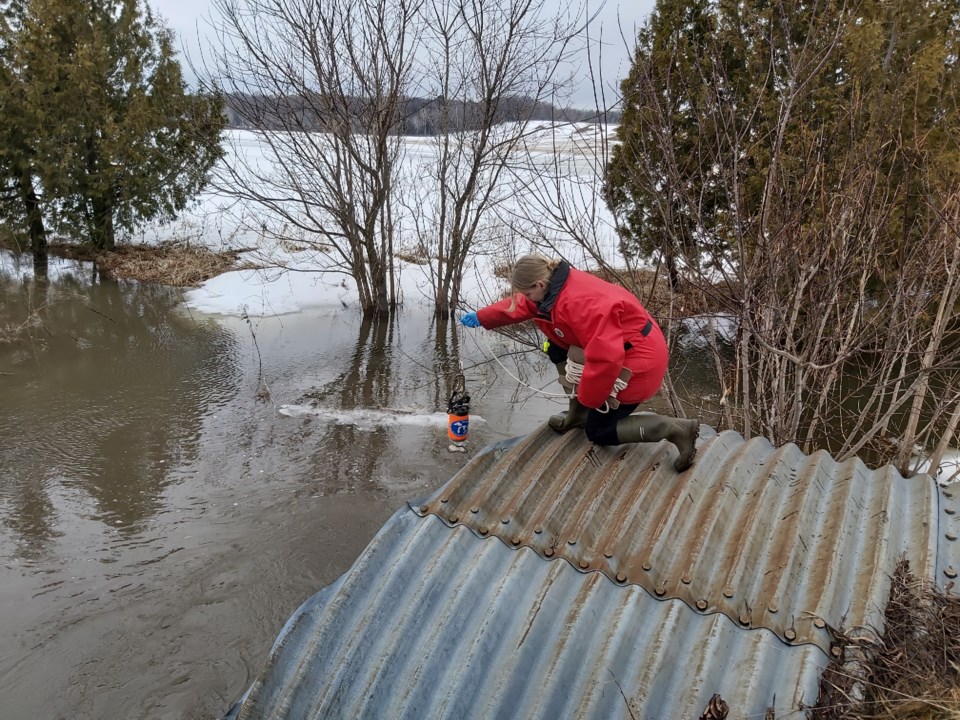Chloride is the new phosphorous, according to the local water quality monitoring organization.
"We're paying attention to that and making sure it's of interest to municipalities we work with," said Julie Cayley, executive director of the Severn Sound Environmental Association (SSEA).
Cayley cautioned it's not something the SSEA wanted people to panic about.
SSEA field technician Nikki Priestman said the culprit behind the chloride levels is road salt. On top of that, higher precipitation rates cause run-off into our rivers and eventually open water, she added.
"We catch this now when those (numbers) start to change and we can go to municipalities collectively to say let's help you get some resources to reduce road salt or ways to reduce run off," said Cayley.
Other water-related factors that the SSEA monitors for the eight member municipalities in the area include watching for invasive species, testing water quality, planting trees in the area, and providing comment on land-use planning, if the municipality so desires, she said.
"Invasive species don't really respect municipal boundaries, so they'll move from one place to another," said Cayley. "We have hundreds in this area. And we learn more and more every day."
Invasive species include everything from phragmites, a common reed in the area, to microscopic species in the water that can't be seen by the naked eye, she said.
In its recent quarterly report presented to Tiny Township this week, the SSEA outlines the various activities it has performed in the area from Oct. 1 to Dec. 31. The report also identifies a way the phragmites are being given a useful role.
Stems from recycled dried phragmites are being used to create bee hotels as an activity for participants of the Georgian Bay Honey Bee Festival, says the report.
As part of its management plans, the SSEA comes up with ideas like these to help participating municipalities deal with invasice species, said Cayley.
"We very much value our relationship with the SSEA," said Tiny Township Mayor George Cornell. "Certainly as a municipality, we're very pleased with the work they do and we find them to be very effective and good value for our fees."
The report to council also noted that the SSEA is in the planning stages for its spring 2020 tree planting program and is currently working towards identifying sites in the municipality to be used for tree planting.
A recent change to the SSEA has given them a different role, said Cayley.
"The Sustainable Severn Sound Organization has merged with us," she said. "We will be delivering the Partners for Climate Protection Program, which helps municipalities do greenhouse gas inventories and put in place reduction plans."
Visit the SSEA website to learn more on how to participate.



